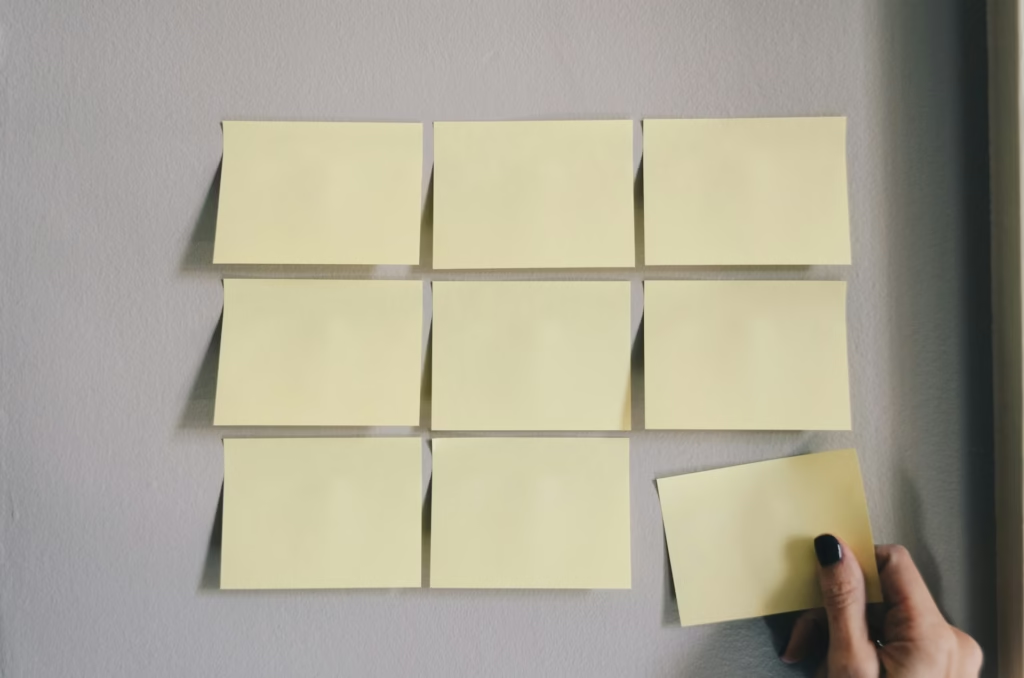
I’ve met quite a few people with ADHD who left their steady jobs because things were grinding to a halt at work. Becoming their own boss felt like a smart, freeing move, so they went for it. But they didn’t just drop the monthly paycheck; they also lost the built-in rhythm of the job. And that usually doesn’t come without some fallout.
For folks with ADHD, keeping pace in a typical office setup can be a real grind. Those environments are made for neurotypical people, with all the standard expectations, leading to plenty of confusion and irritation.
That’s why the independence of entrepreneurship appeals so much to many with ADHD. You can set your own schedule, riding those waves of hyperfocus when they hit. And if your energy dips, the only one giving you a hard time is you.
But here’s something to consider: that structured routine you disliked in your old job might actually have been a quiet helper. Full freedom means you’re the captain, crew, and navigator all in one. And steering your own ship turns out to be one of the trickiest skills to master1.
No, quite the contrary. Especially for neurodiverse people, running your own business will help you create a rhythm that works for you.
But you should be aware that being self-employed has some serious downsides compared to working a 9-5. Having no or little structure is one of them.
So, no need to start job hunting again right away. There might be some simple adjustments in your solo workspace that could make things run smoother.
1. Prioritize Your Well-Being
As an entrepreneur, that drive to shape your business into something great keeps you going strong. Add in hyperfocus, and it’s easy to end up with late nights and skimped sleep. Breaks get skipped too, especially with a client deadline staring you down at three in the afternoon. Experts on burnout call this the honeymoon phase, where enthusiasm overrides self-care.
The downside is that skipping solid rest and pauses wipes out your remaining self-discipline. Good intentions fade, and even putting together a task list turns tough, not to mention following it.
To add some structure and improve your self-care at the same time, take a look at your daily schedule. A set lunch time will fuel your focus, and consistent bedtimes improve your rest quality, but both would function as anchors in your day. Call it a win-win.
By investing in better recovery, you increase your self-control, which in turn helps you to create and apply a more structured day.
Any kind of self-care will amplify structure. But the most important are:
– Better sleep: aim for 7-8 hours.
– Taking regular breaks: even short 5-minute breaks can help build more self-control.
2. Minimize Distractions
Distractions strike hard for those with ADHD, and without outside boundaries, they creep in even more. You control your time, so it’s tempting to explore every interesting topic that pops up. One link leads to another, and suddenly it’s three o’clock with no lunch in sight, and your tasks untouched.
A great first step would be to mute all notifications. Those pop-ups and sounds on your devices are impossible to resist, thanks to ADHD. One beep, and off you go!
But to be honest, the toughest distractions often come from my own thoughts. And guess it’s no different for you.
That’s why I suggest creating a single spot to capture those ideas. When something sparks, jot it down and slot it in later, so it stays fresh without pulling you off track right then. Or try the 4-1-1 System.

Crush Inbox Chaos &
Get Back in Control
ADHD Solopreneur? Reduce the overwhelm and stress with 50x Smarter. Learn how to change your email system so it works for you, not against you.
3. Build a Realistic To-Do List
This connects to your to-do list, where you likely store all sorts of ideas, big and small. And it probably frustrates you more days than not. You want to blast through tasks at top speed, but at the end of the day you get hardly anything done.
The missing structure is one of the causes. But the main culprit is that you are overly optimistic about time. Not just time-blind, but too optimistic.
So, go for realism instead.

For starters, limit yourself to three key tasks per day, your top priorities. Getting those done consistently is a solid achievement. Make at least two of them enjoyable to keep your motivation up with that dopamine hit.
And plan for the unexpected interruptions that always seem to appear. Even on structured days, they happen, so leave room to avoid that end-of-day frustration.
1. Stick to three main tasks daily,
2. Include enjoyable ones for better engagement
3. Create room for unexpected events.
4. Move less urgent ideas to a ‘review-later’ category.
Wrapping It Up: Your Path to Sustainable Success
At the end of the day, being an ADHD entrepreneur is all about turning that inner spark into something lasting, without burning out along the way.
Sure, the freedom feels amazing at first, but layering in a bit of your own structure, like we’ve talked about, can make the difference between spinning your wheels and actually moving forward. I’ve seen it work for plenty of folks just like us, including myself on those chaotic days when everything pulls in different directions.
Give these tweaks a shot, adjust as you go, and watch how they help you build a business that fits your brain, not the other way around. You’ve got this; after all, who better to design your perfect workday than you?
Research:
- Lucky, E.O. and Minai, M.S. – 2011 – The Conceptual Framework of Entrepreneur and Self Management ↩︎